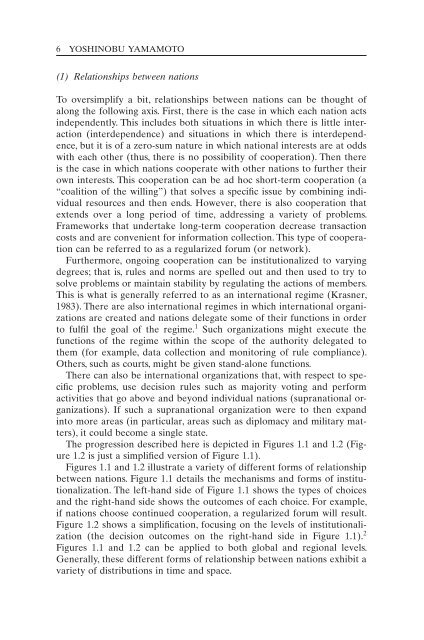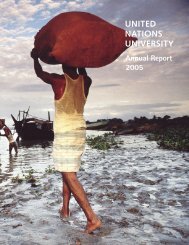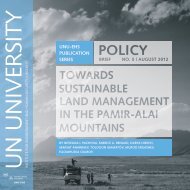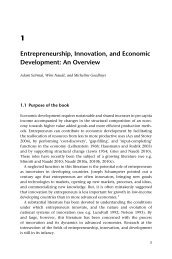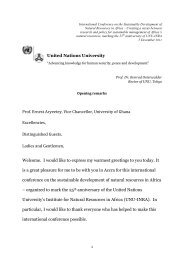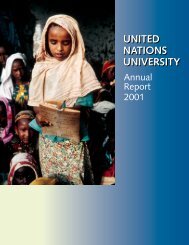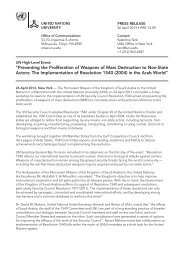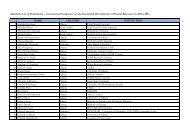Sample Chapter - United Nations University
Sample Chapter - United Nations University
Sample Chapter - United Nations University
Create successful ePaper yourself
Turn your PDF publications into a flip-book with our unique Google optimized e-Paper software.
6 Yoshinobu Yamamoto<br />
(1) Relationships between nations<br />
To oversimplify a bit, relationships between nations can be thought of<br />
along the following axis. First, there is the case in which each nation acts<br />
independently. This includes both situations in which there is little interaction<br />
(interdependence) and situations in which there is interdependence,<br />
but it is of a zero-sum nature in which national interests are at odds<br />
with each other (thus, there is no possibility of cooperation). Then there<br />
is the case in which nations cooperate with other nations to further their<br />
own interests. This cooperation can be ad hoc short-term cooperation (a<br />
“coalition of the willing”) that solves a specific issue by combining individual<br />
resources and then ends. However, there is also cooperation that<br />
extends over a long period of time, addressing a variety of problems.<br />
Frameworks that undertake long-term cooperation decrease transaction<br />
costs and are convenient for information collection. This type of cooperation<br />
can be referred to as a regularized forum (or network).<br />
Furthermore, ongoing cooperation can be institutionalized to varying<br />
degrees; that is, rules and norms are spelled out and then used to try to<br />
solve problems or maintain stability by regulating the actions of members.<br />
This is what is generally referred to as an international regime (Krasner,<br />
1983). There are also international regimes in which international organizations<br />
are created and nations delegate some of their functions in order<br />
to fulfil the goal of the regime. 1 Such organizations might execute the<br />
functions of the regime within the scope of the authority delegated to<br />
them (for example, data collection and monitoring of rule compliance).<br />
Others, such as courts, might be given stand-alone functions.<br />
There can also be international organizations that, with respect to specific<br />
problems, use decision rules such as majority voting and perform<br />
activities that go above and beyond individual nations (supranational organizations).<br />
If such a supranational organization were to then expand<br />
into more areas (in particular, areas such as diplomacy and military matters),<br />
it could become a single state.<br />
The progression described here is depicted in Figures 1.1 and 1.2 (Figure<br />
1.2 is just a simplified version of Figure 1.1).<br />
Figures 1.1 and 1.2 illustrate a variety of different forms of relationship<br />
between nations. Figure 1.1 details the mechanisms and forms of institutionalization.<br />
The left-hand side of Figure 1.1 shows the types of choices<br />
and the right-hand side shows the outcomes of each choice. For example,<br />
if nations choose continued cooperation, a regularized forum will result.<br />
Figure 1.2 shows a simplification, focusing on the levels of institutionalization<br />
(the decision outcomes on the right-hand side in Figure 1.1). 2<br />
Figures 1.1 and 1.2 can be applied to both global and regional levels.<br />
Generally, these different forms of relationship between nations exhibit a<br />
variety of distributions in time and space.


